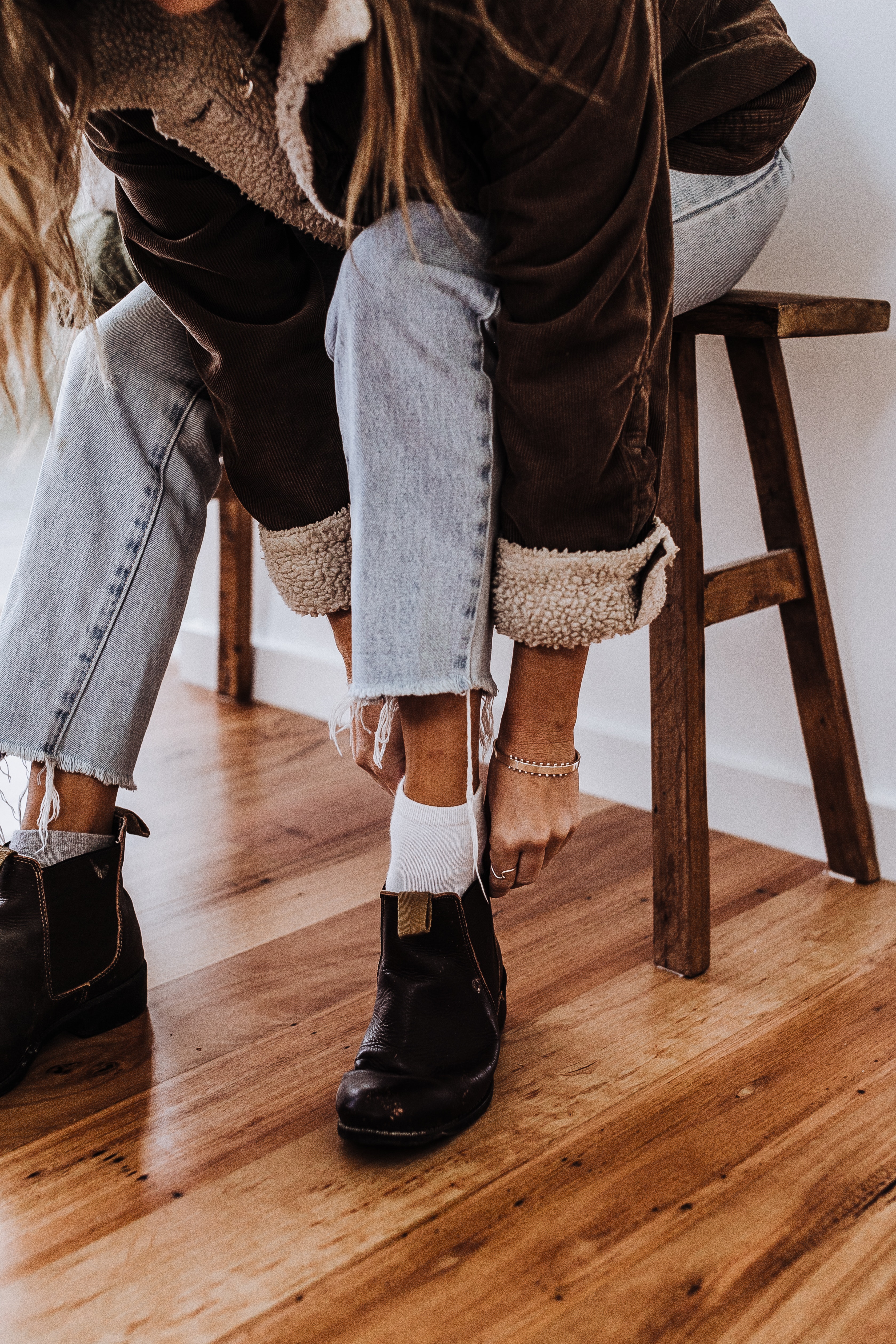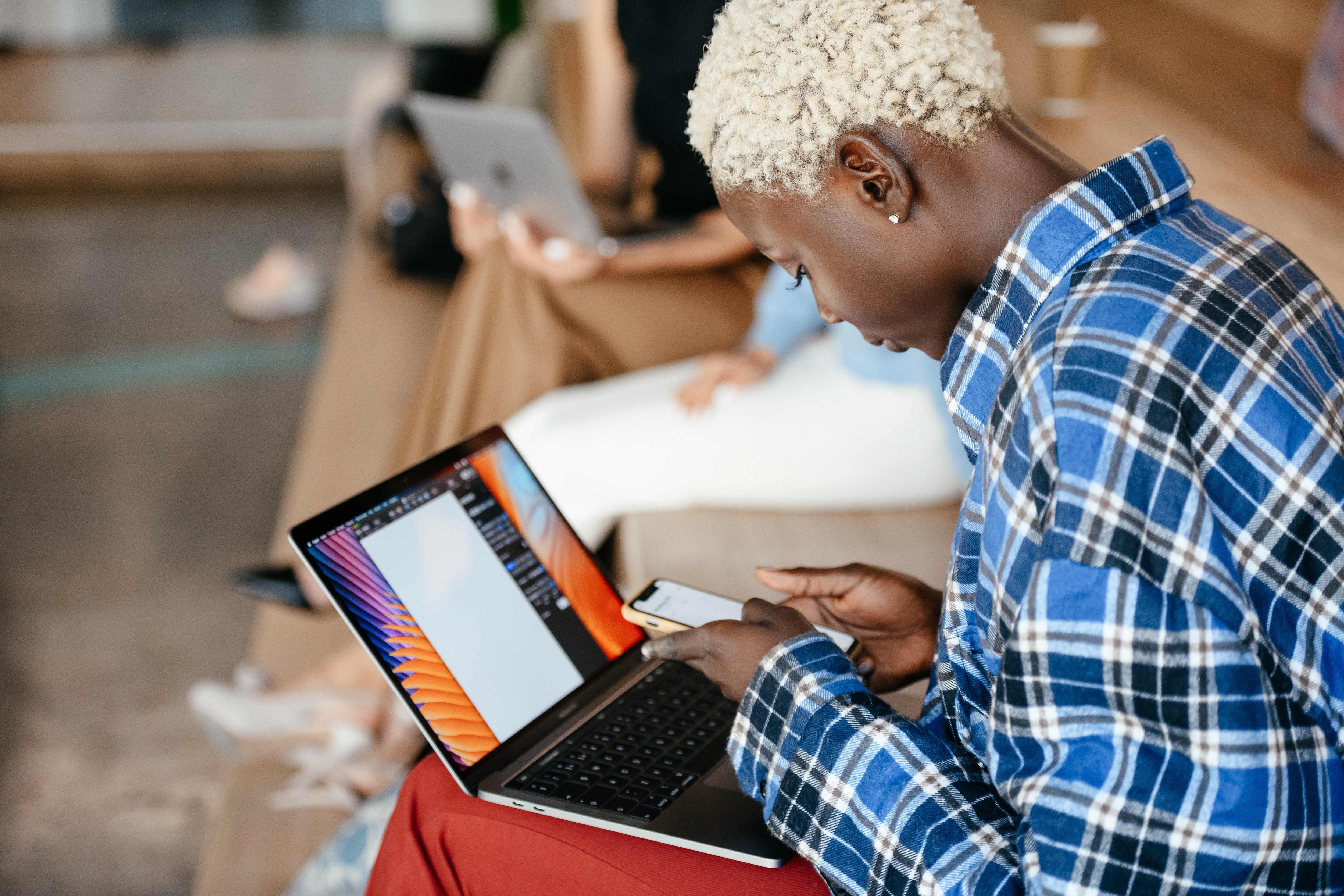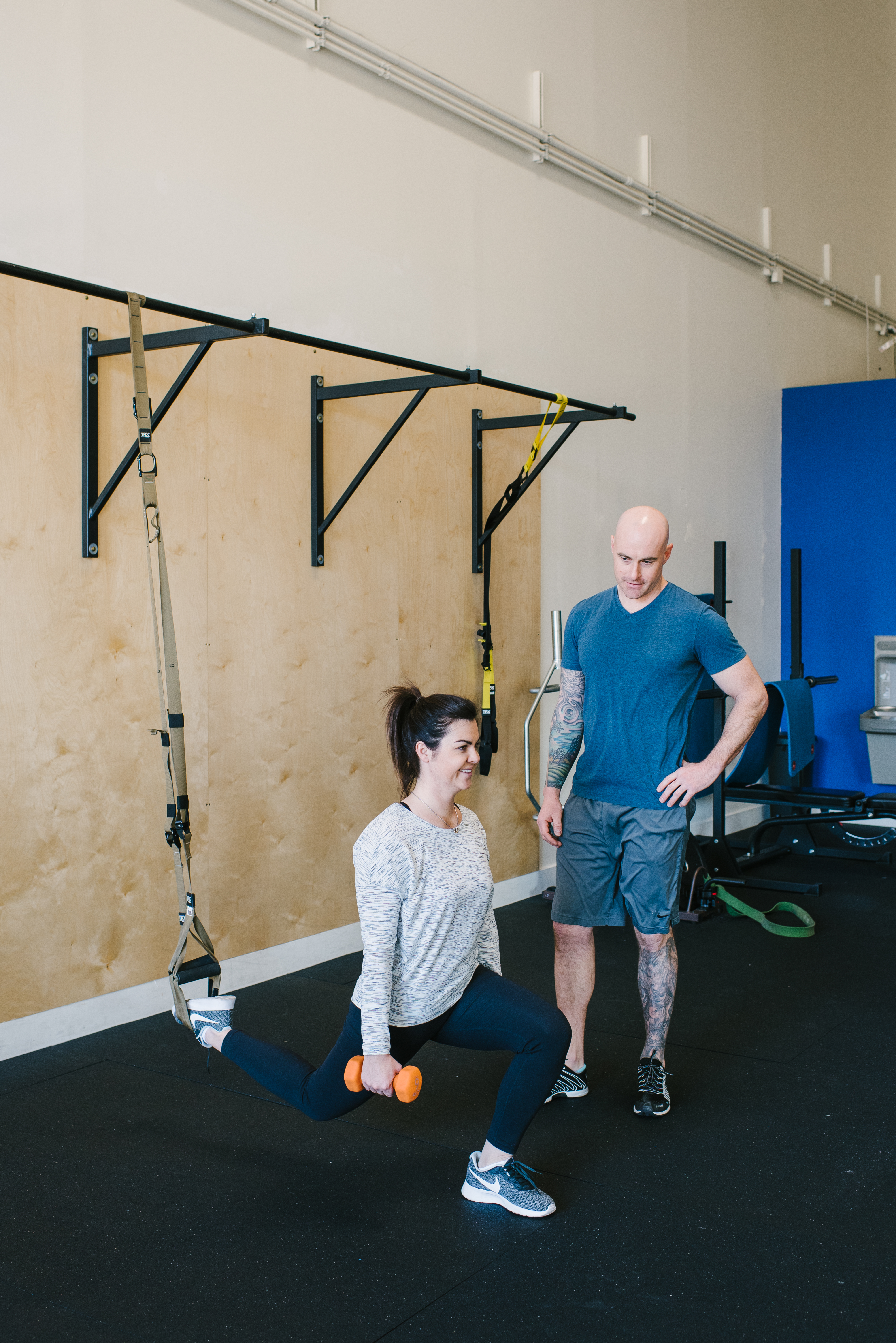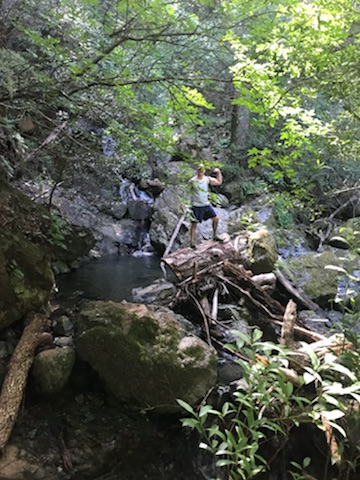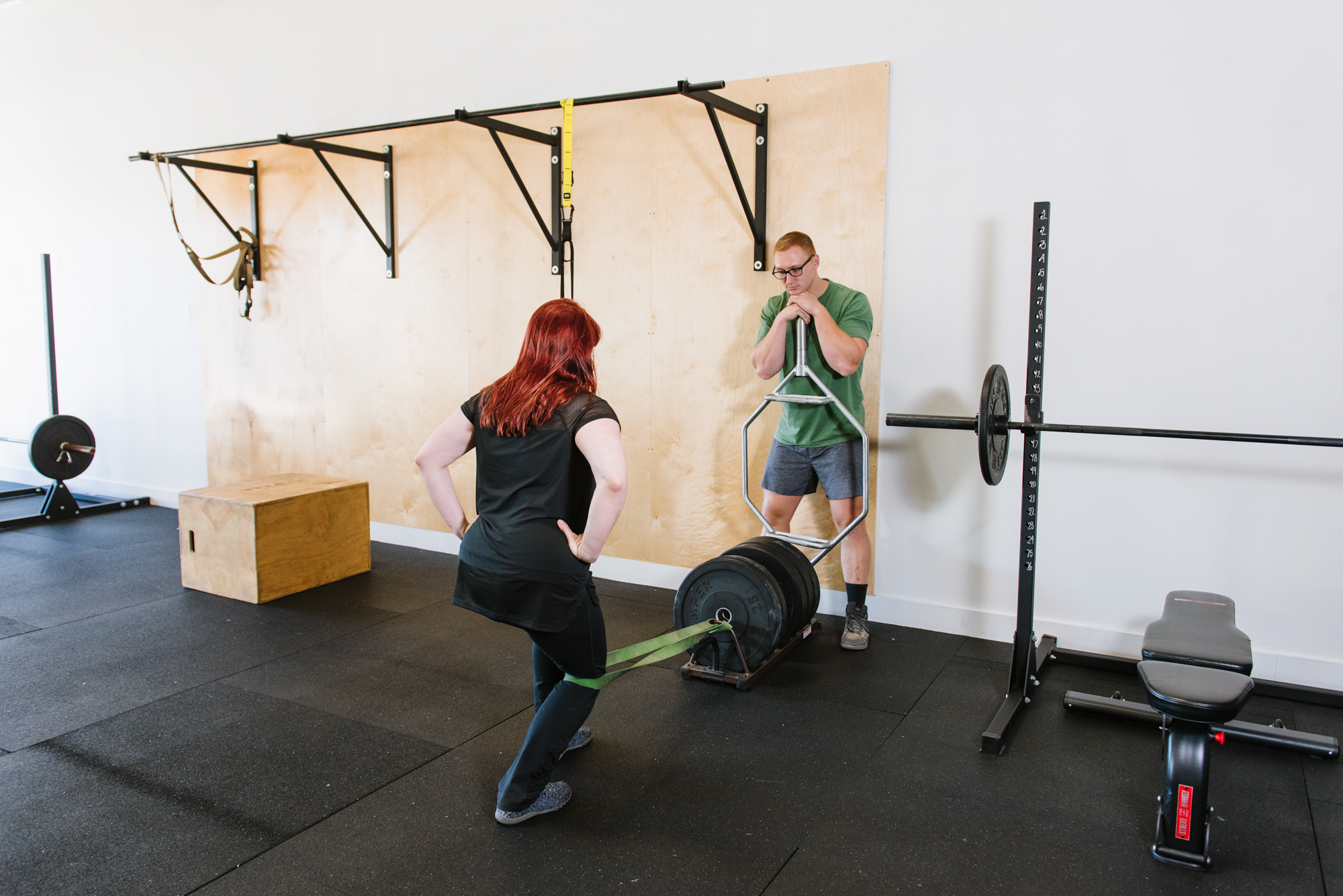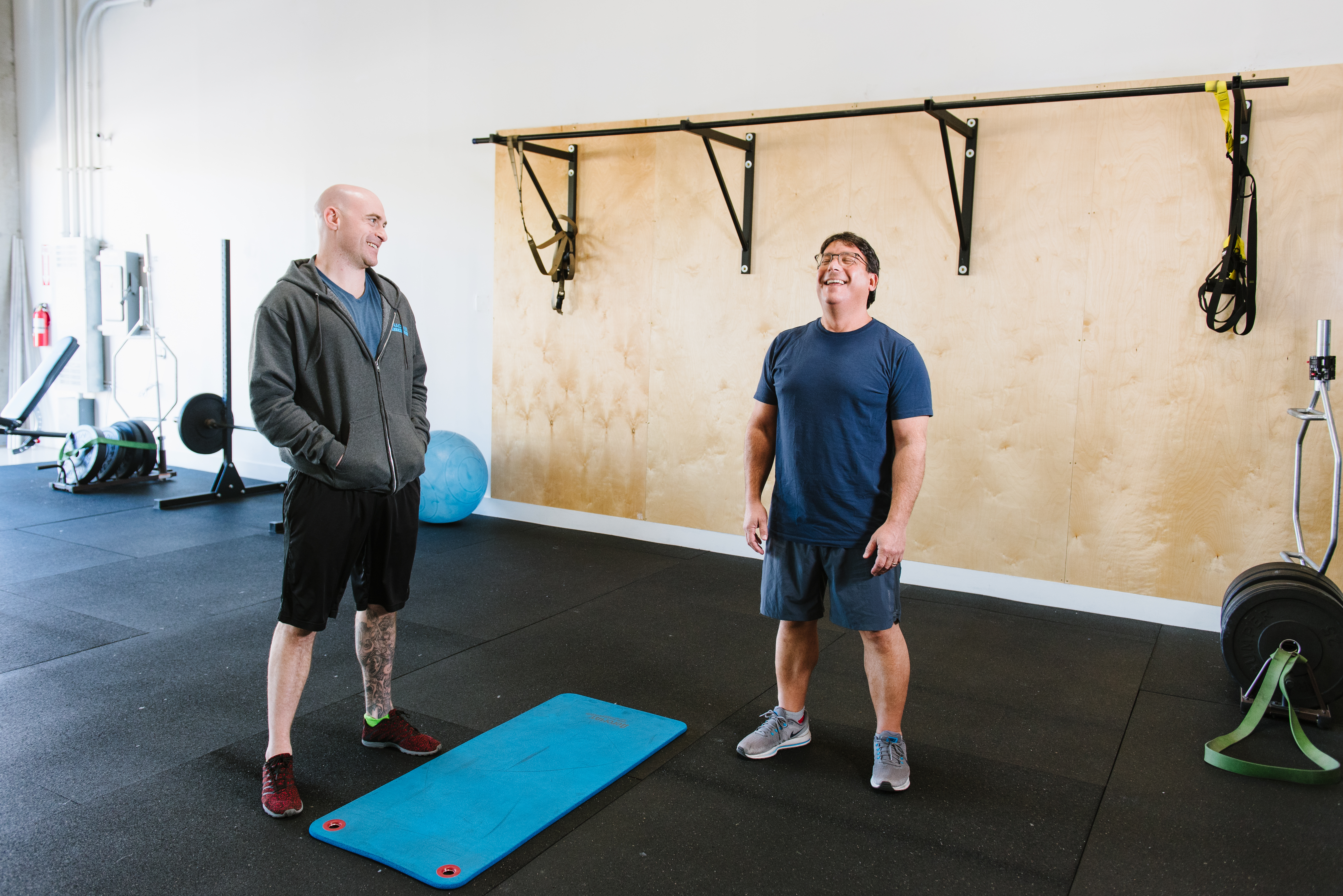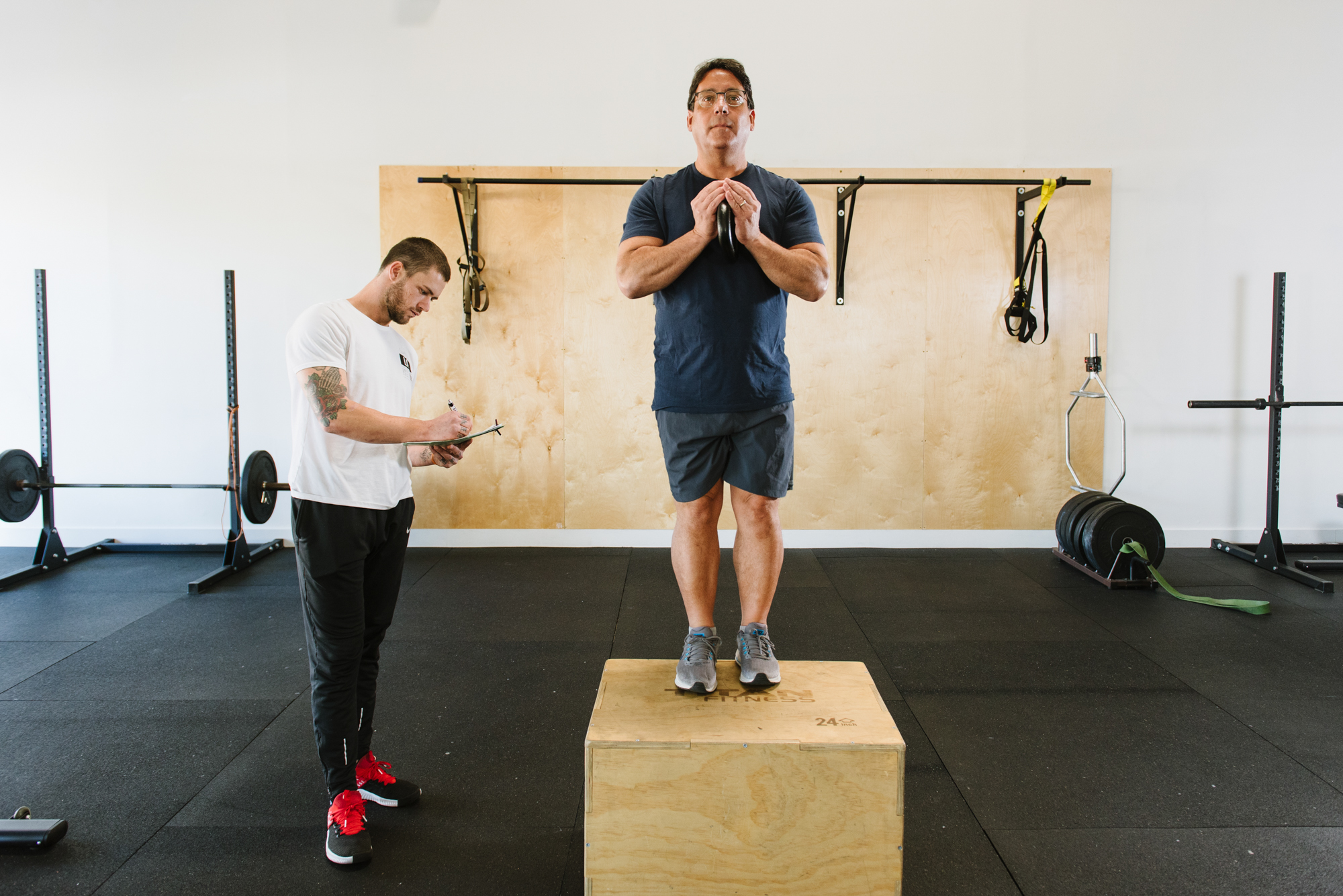They cover our feet. They prevent blisters. We even make an extra effort to wear the type that have cute cats on them. These soft, warm, protective layers of woven cloth are the next most worn object on our bodies, aside from underwear. We are talking about the trusty pair of socks that envelop feet. Socks are a compelling subject that shed light upon improving the lifetime fitness of our community.
Socks attach to an important part of our bodies: our feet. The action of putting socks on keeps us fit enough for everyday life activities. Bending over to pick up objects from the ground requires a certain amount of flexibility, strength, and coordination. Without the strength to bend over and get back up, life can become challenging.
Enter the world of being an elite performer in the “professional sock league.” A sport in which the general population in our society must have an efficient and effective performance of attaching socks to their feet. In a seated position, putting a sock on generally requires the participant to cross their leg over the top of the other upright leg, hinge forward from the hips, and reach out in front toward the foot to encase the foot. This tactic requires precision, using the dexterity of the hands and fingers to flatten out any imperfections in the landscape of the sock so it contours in a sleek and flawless fashion along the foot. This action seems like something that shouldn’t be thought twice about. In some cases, flexibility can be hindered significantly to where the thought of putting socks on is just as frustrating as driving on a one-way road behind a car that has a sloth as the driver. These obstacles affecting the ability to put one’s socks on lead to potential struggles in being able to reach down to the ground and perform normal everyday activities.
The usual suspects of symptoms that impede an optimal performance to pick up objects are back pain; muscle weakness; and limited joint mobility in the shoulders, back, hips, and knees. These symptoms could be caused by previous back injuries, remnants of scar tissue caused by previous corrective surgeries, or inadequate levels of fitness. We should be able to bend down to pick objects up off the ground competently throughout our everyday lives efficiently and pain free. A productive way we can continue to bend down to the ground comfortably is to ensure we can put our socks on without complications. The ability to manipulate our body to bend forward toward the feet is a critically important function to our quality of life. Here are a few recommendations we give to our personal training clients that help with the ability to put on socks everyday:
- Seated Upright Pigeon Stretch: While sitting in an upright position facing forward, cross one leg over the top of the other. Gently press down with your hand on the inside of the knee that is crossed over the upright leg. Apply gentle pressure downward until a slight stretching sensation is felt in the crossed leg’s buttocks and lateral hip region. Ensure that the head is in optimal position by lining the back of the head up with the spine. Hold this stretch anywhere from thirty seconds to three minutes to help with hip flexibility when bending forward.
- Seated Good Morning Exercise: While sitting in an upright position facing forward, ensure the back of the head is in line with the spine. Maintaining a rigid back, “hinge” forward from the axis of the hip joint and move the torso forward as far as possible until a stretching sensation is experienced in the hamstrings. While maintaining the rigidity in the back and preventing any back flexion, return the back to an upright seated position. This movement will assist in the utilization of the hip muscles responsible for strength and coordination when bending down. Repeat this movement for ten reps once a day.
- Put your socks on standing up: This is for those who want more of a challenge to improve their balance and coordination. Forget sitting down and putting your socks on. Bend down from a standing position, pick your foot up, and put the sock over your foot from a standing position. The ability to stand on one leg and put a sock on is commonly overlooked as an elite fitness ability. This can serve as a productive measure to maintain balance, coordination, and flexibility.
The act of putting socks on can be commonly overlooked. Asking someone how well they can put their socks on can seem like a silly joke. However, once that ability goes away, due to the various obstacles our bodies can endure from injuries and events in life, it’s quite a task to get back. Make sure to spend a little extra time on your flexibility, coordination, and strength when bending forward. Tracking your performance on how efficiently you can put on your socks is a good marker to see what you might need to improve on to ensure you can bend up and down.
Sean McCawley, the founder and owner of Napa Tenacious Fitness in Napa, CA, welcomes questions and comments. Reach him at 707-287-2727, napatenacious@gmail.com or visit the website napatenaciousfitness.com.

